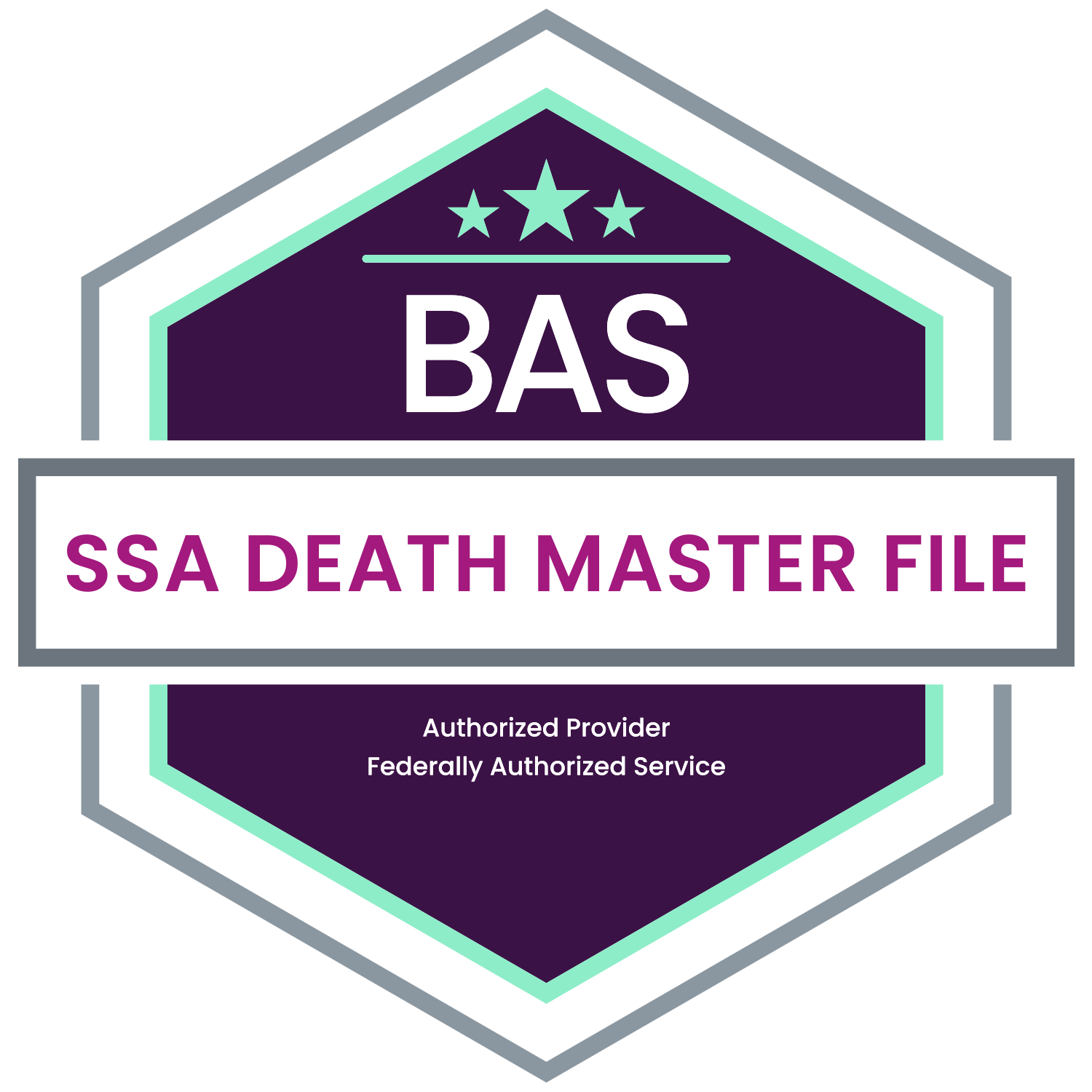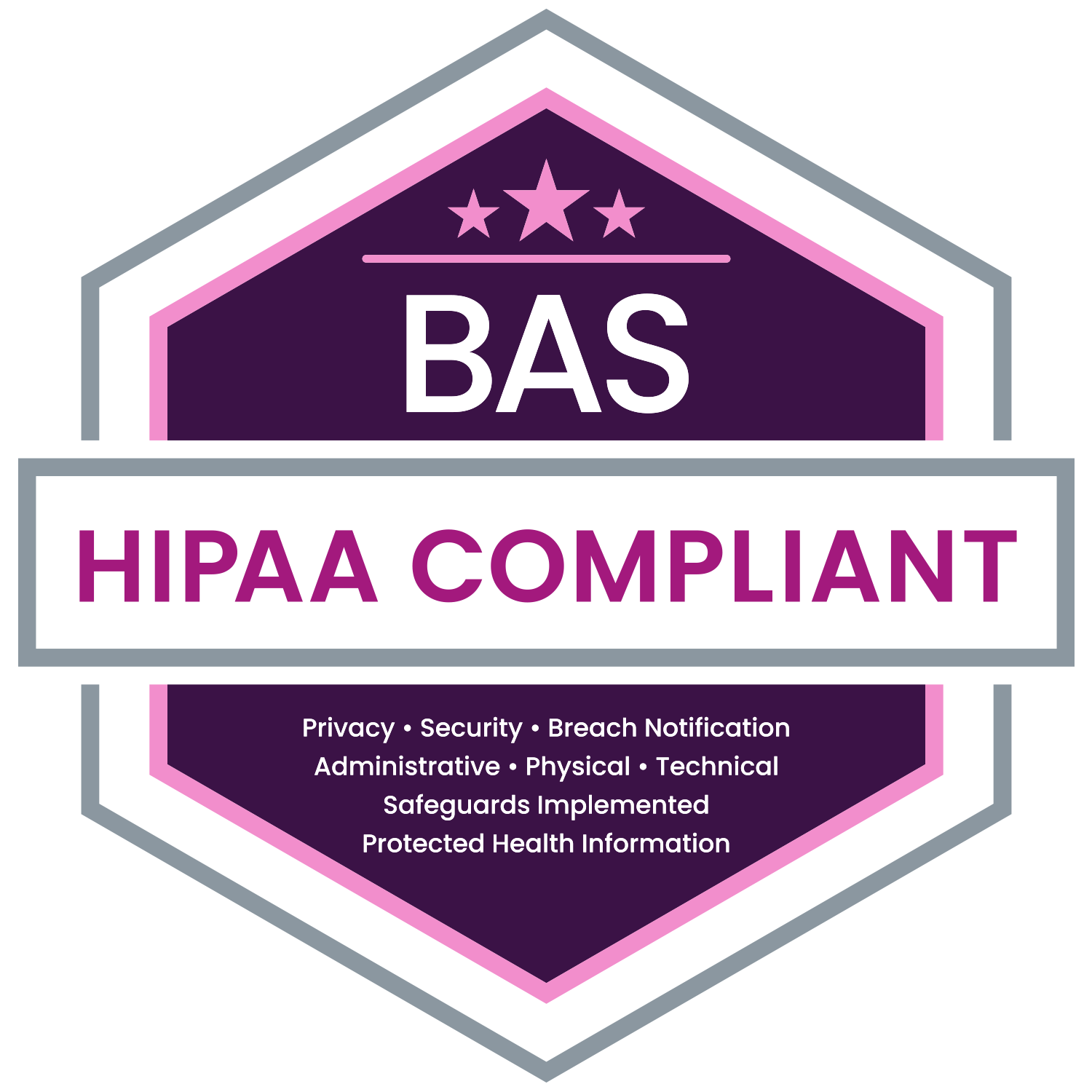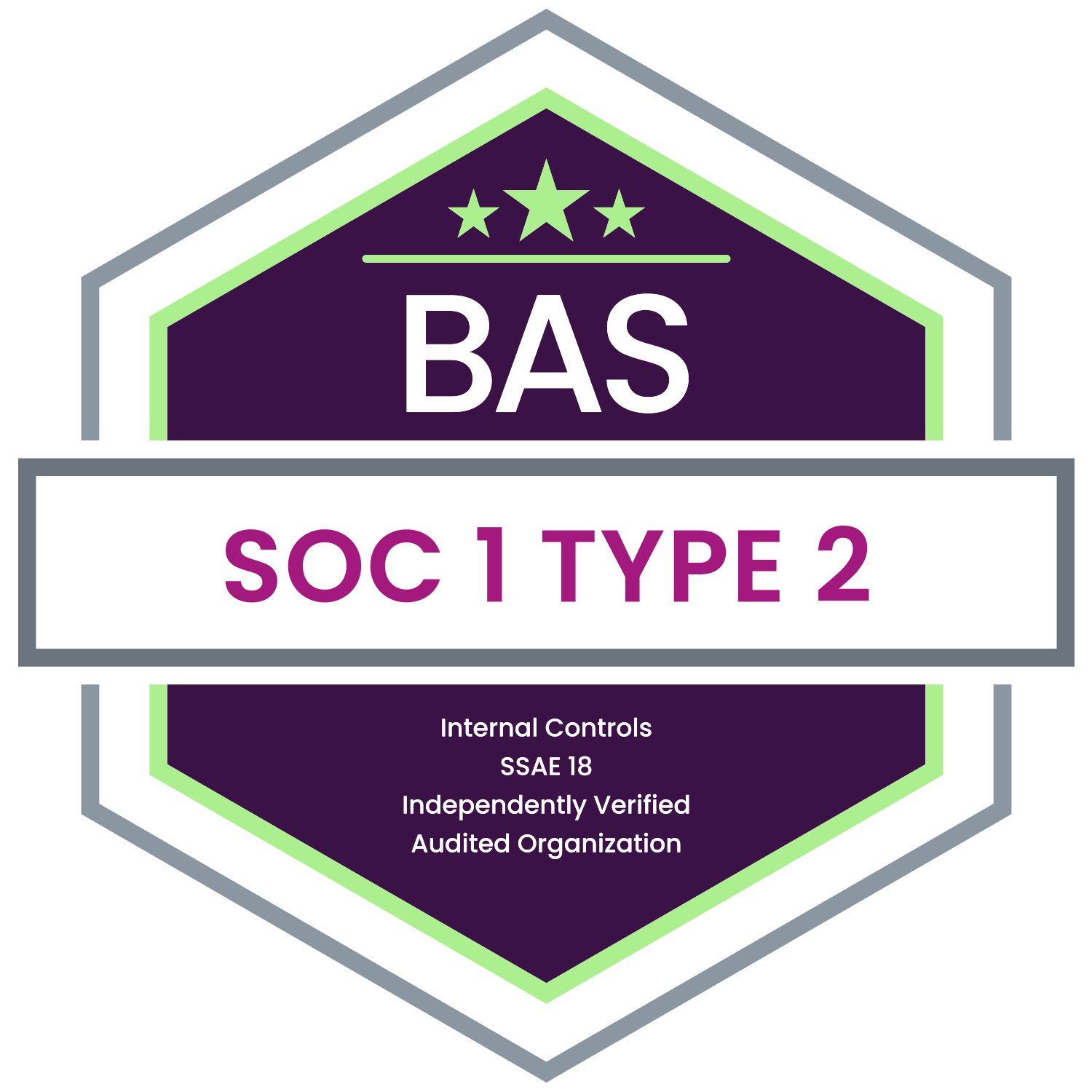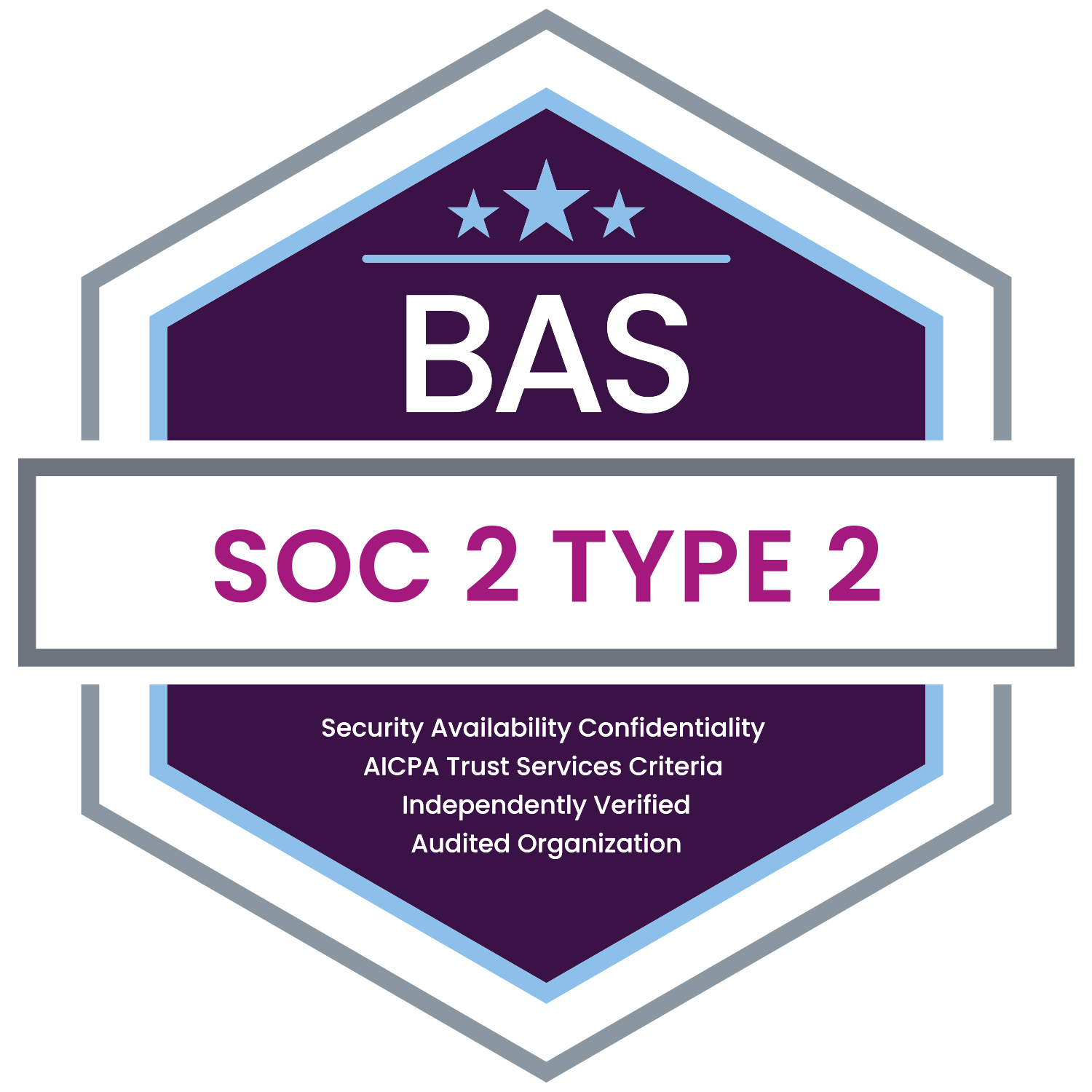Simplify ACA Reporting with Our Affordable and Accurate Solution
Employers using the look back measurement method for determining full-time status may have questions about how to treat newly hired employees in ACA calculations.
If a newly hired employee is hired into a full-time position (reasonably expected to be a full-time employee), the newly hired employee is automatically considered a full-time employee and must be offered health coverage no later than the first day of the 4th calendar month after the date of hire. The employer still must count hours for the employee, even though this employee is considered “full-time.” After the employee has been employed for the dates of a full standard measurement period, the new hire becomes an “ongoing employee” and the regular, ongoing look-back measurement method for determining full-time status applies.
If a newly hire employee is hired into a variable hour position (not necessarily expected to be a full-time employee), the following rules apply.
- Initial Measurement Periodmust be at least 3 and not more than 12 consecutive calendar months beginning on any date between the employee’s date of hire and the first day of the first calendar month after date of hire.
- Stability Periodmust be the same length as for ongoing employees. If the employee calculates to full time during the initial measurement period, the stability period begins immediately after the end of the initial measurement period and any administrative period and is the longer of (a) 6 consecutive months or (b) the length of the initial measurement period. If the employee does not calculate to a full-time employee during the initial measurement period, the stability period cannot be more than one month longer than the initial measurement period and cannot exceed the remainder of the standard measurement period (plus administrative period) in which the initial measurement period ends.
- Administrative Periodmay be up to 90 days, but when combined with the initial measurement period the administrative period cannot extend past the last day of the first calendar month that begins on or after the first year anniversary of the employee’s date of hire.
The employer counts hours for two purposes for a newly hired employee. Hours are counted and applied for the new hire measurement period and hours are also counted and applied for the standard measurement period. When a new employee has been employed for a full standard measurement period, the employee becomes an ongoing employee and must be tested for full-time status based on hours worked during the standard measurement period.
If the employee calculates as full-time during the initial measurement period, the employee keeps full-time status for the entire initial stability period (even if hours during the standard measurement period do not calculate to full-time). However, if the employee does not calculate as full-time during the initial measurement period and does calculate as full-time during the standard measurement period, the employee must be considered full-time and offered health coverage for the stability period that goes with the standard measurement period- even if that means the employee is switched to full-time before the end of the initial measurement stability period. This means the employee’s change to full-time status overrides the employee’s part-time status during the initial measurement period. The standard measurement takes over before the initial measurement period ends.
Employers should pay attention to the new hire calculations when preparing ACA reporting.
Benefit Allocation Systems (BAS) provides best-in-class, online solutions for: Employee Benefits Enrollment; COBRA; Flexible Spending Accounts (FSAs); Health Reimbursement Accounts (HRAs); Leave of Absence Premium Billing (LOA); Affordable Care Act Record Keeping, Compliance & IRS Reporting (ACA); Group Insurance Premium Billing; Property & Casualty Premium Billing; and Payroll Integration.
MyEnroll360 can Integrate with any insurance carrier for enrollment eligibility management (e.g., Blue Cross, Blue Shield, Aetna, United Health Care, Kaiser, CIGNA and many others), and integrate with any payroll system for enrollment deduction management (e.g., Workday, ADP, Paylocity, PayCor, UKG, and many others).









